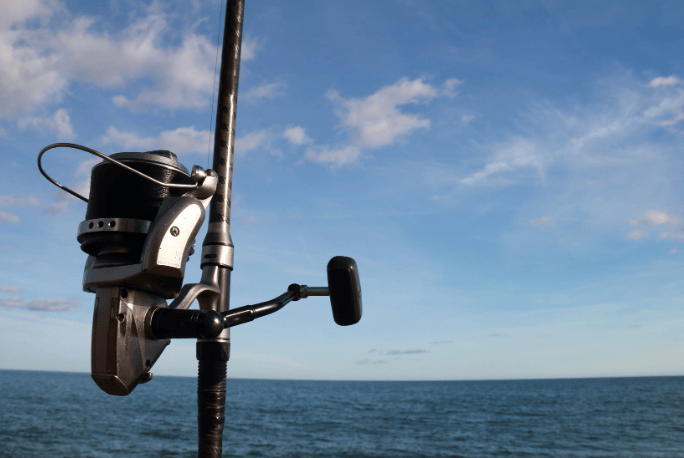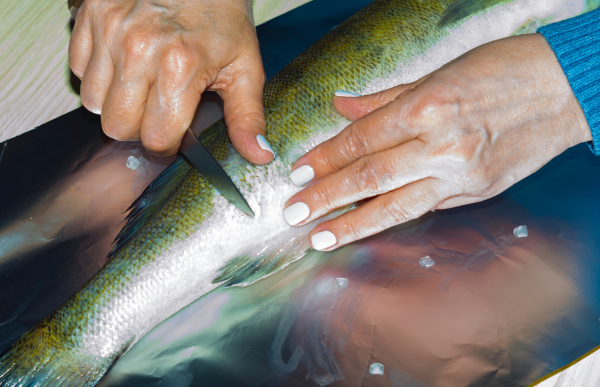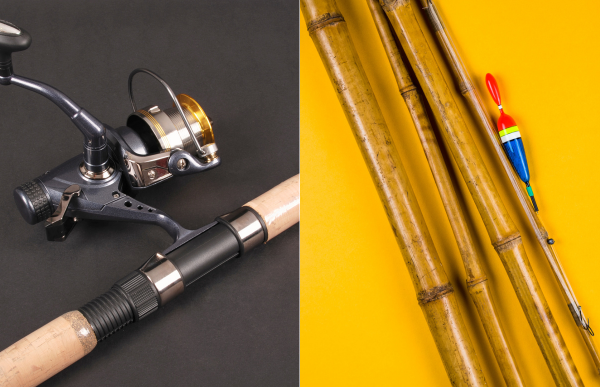Fishing is not just about catching fish. It’s also about enjoying the experience and having reliable gear that performs well trip after trip. Maintaining your fishing tools can make all the difference between a successful day on the water and a frustrating one. Regular cleaning, sharpening, and storage practices can extend the lifespan of your gear, keep it in optimal condition, and prevent rust and wear. Here’s a guide on how to take care of your fishing tools so they’re always ready for your next adventure.
1. Clean Your Fishing Tools Regularly
Cleaning is the first step in fishing gear maintenance. After every fishing trip, your tools will have likely been exposed to saltwater, dirt, fish slime, and other debris that can lead to corrosion and damage. Here’s how to keep your tools clean:

Rods and Reels
- Rinse with Fresh Water: After each trip, rinse your rods and reels with fresh water to remove any salt or dirt. Use a light spray to avoid pushing dirt or salt further into the reel.
- Dry Thoroughly: After rinsing, dry your rods and reels completely with a soft cloth. Leaving them damp can lead to rust, especially in areas with moving parts.
- Use a Reel Cleaner: Once a month, use a reel cleaner or a gentle soap solution to thoroughly clean your reel. Avoid harsh chemicals, as they can damage the finish.
Tackle and Accessories
- Wash and Rinse: For lures, pliers, and other metal tools, rinse with fresh water after each trip. Use a soft brush to remove any grime from small crevices.
- Oil Moving Parts: If your pliers or scissors have moving parts, add a drop of oil after cleaning to keep them from seizing up or rusting.
- Dry and Store Properly: Make sure everything is completely dry before storing to prevent rust from forming.
2. Sharpen Hooks and Blades
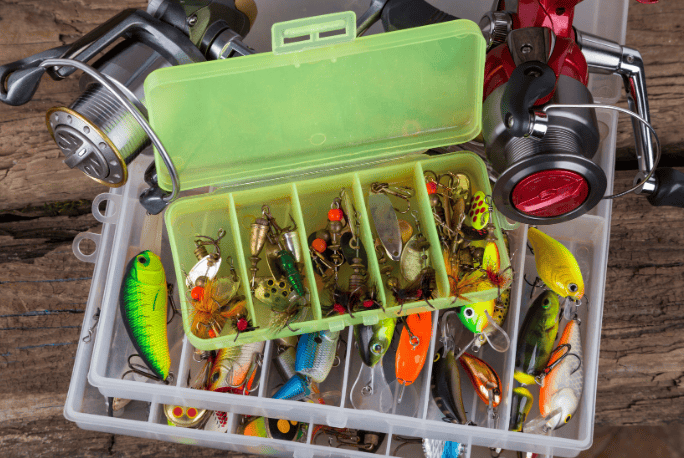
Sharp hooks and blades are essential for an effective fishing trip. Dull tools can make it more difficult to set the hook or cleanly cut fishing line, so here’s how to keep your hooks and blades sharp:
Sharpening Hooks
- Use a Hook Sharpener: Invest in a quality hook sharpener, available in most tackle shops. Slide the hook across the sharpener at a 45-degree angle to restore the point.
- File the Point: If you don’t have a hook sharpener, a small file will work too. File gently along the hook point until it feels sharp to the touch.
- Check Regularly: Hooks can dull quickly, so inspect and sharpen them before each trip to ensure they’re ready for action.
Sharpening Knives and Scissors
- Sharpening Stone: Use a sharpening stone to keep your knives and scissors sharp. Hold the blade at a 20-degree angle and slide it along the stone in a smooth motion.
- Portable Sharpener: For on-the-go sharpening, consider a portable sharpener. These are small, easy to carry, and can quickly restore a dull edge.
- Lubricate Blades: After sharpening, add a drop of oil to the blade to protect it from moisture and rust.
3. Prevent Rust and Corrosion
Rust and corrosion are major enemies of fishing gear, particularly if you frequently fish in saltwater. Preventing rust is essential for keeping your tools in top condition.
Apply Rust-Preventative Products
- Anti-Corrosion Spray: Use a corrosion inhibitor spray on metal parts, such as hooks, pliers, and reels. These sprays leave a protective layer that repels moisture.
- Silica Gel Packs: Place silica gel packs in your tackle box to absorb moisture and prevent rust from forming on your tools.
- Regularly Reapply Protection: Corrosion inhibitors wear off over time, so reapply them every few weeks, especially after long trips or frequent exposure to saltwater.
Dry Storage Solutions
- Ventilated Tackle Box: Use a tackle box with ventilation to allow airflow, which helps prevent moisture buildup and rust.
- Separate Saltwater Gear: If you use different tools for saltwater and freshwater fishing, store them separately. Saltwater gear is more likely to develop rust, and keeping it separate can help protect your other tools.
- Avoid Storing Wet Tools: Always dry your tools thoroughly before storing them in your tackle box to reduce the risk of rust and corrosion.
4. Routine Maintenance for Rods and Reels
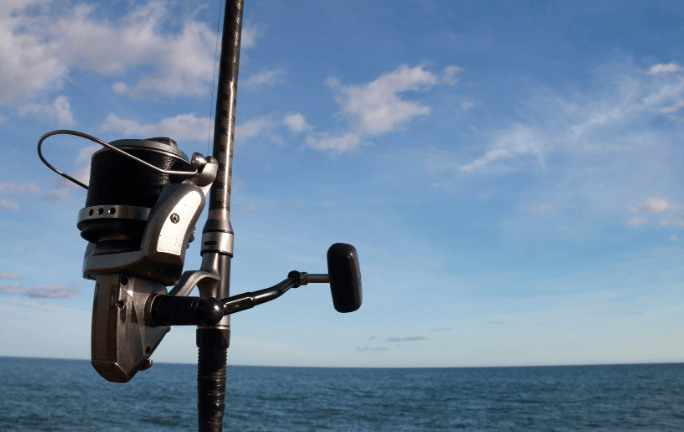
Rods and reels require specific care to ensure they stay in peak condition. Here’s how to maintain them effectively:
Rod Maintenance
- Check for Cracks: Regularly inspect your rods for any cracks or damage. Cracks can weaken the rod and make it more likely to break under pressure.
- Clean the Guides: Use a cotton swab dipped in mild soap to clean the guides. Dirt and salt can build up on the guides and damage your fishing line over time.
- Store Upright: Store your rods upright in a rod holder or rack to prevent bending or warping. Avoid leaning them against walls, as this can damage the guides.
Reel Maintenance
- Lubricate the Reel: Use reel oil to lubricate the moving parts, such as the handle and bail. Be careful not to over-lubricate, as excess oil can attract dirt.
- Tighten Screws and Bolts: Periodically check that all screws and bolts are tight. Loose components can cause the reel to malfunction.
- Store with Drag Loose: When not in use, loosen the drag on your reel to reduce tension and prolong the life of the internal components.
5. Proper Storage Solutions
Proper storage is critical for preserving the longevity of your fishing tools. Here are some best practices for storing your gear:
Keep Tools in a Dry Environment
- Climate-Controlled Area: If possible, store your fishing gear in a climate-controlled area like a garage or a storage room. Avoid leaving it in damp or humid places, which can lead to rust and mold.
- Hang Rods on a Rack: Storing rods on a rod rack, rather than leaning them against a wall, helps prevent them from warping or bending over time.
- Use a Gear Bag for Small Tools: Store smaller tools, such as pliers and hook sharpeners, in a gear bag with pockets. This keeps everything organized and reduces the chances of losing essential items.
Seasonal Storage Tips
- Winter Storage: If you’re putting your gear away for the winter, clean everything thoroughly before storing it. Add a coat of anti-corrosion spray to metal parts, and store your gear in a dry, cool place.
- Quick Access for Peak Season: During fishing season, keep your tools easily accessible by using a tackle bag or box with compartments. This setup makes it easier to grab what you need without fumbling around.
6. The Importance of Routine Maintenance
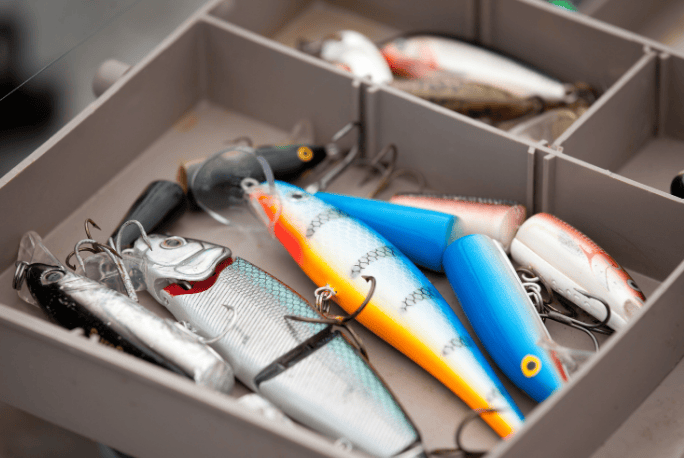
Making routine maintenance a part of your fishing routine can save you time, money, and frustration. Not only does proper care extend the lifespan of your tools, but it also ensures that your gear performs its best on every trip.
- Regular Inspections: Spend a few minutes before and after each fishing trip inspecting your gear for signs of damage or wear. Addressing small issues immediately can prevent larger problems later.
- Consistent Cleaning and Sharpening: Incorporating a regular cleaning and sharpening schedule will make it easier to keep your tools in top condition over time.
- Prepare for Next Season: At the end of each season, thoroughly clean and inspect your gear before storing it. This sets you up for success when the next fishing season rolls around.
By following these maintenance tips, you’ll be able to keep your fishing tools in top-notch condition, ready for any adventure on the water. Regular care not only preserves your investment but also enhances your overall fishing experience. So, take a little extra time to clean, sharpen, and store your gear properly—it will reward you with many seasons of successful fishing trips!

